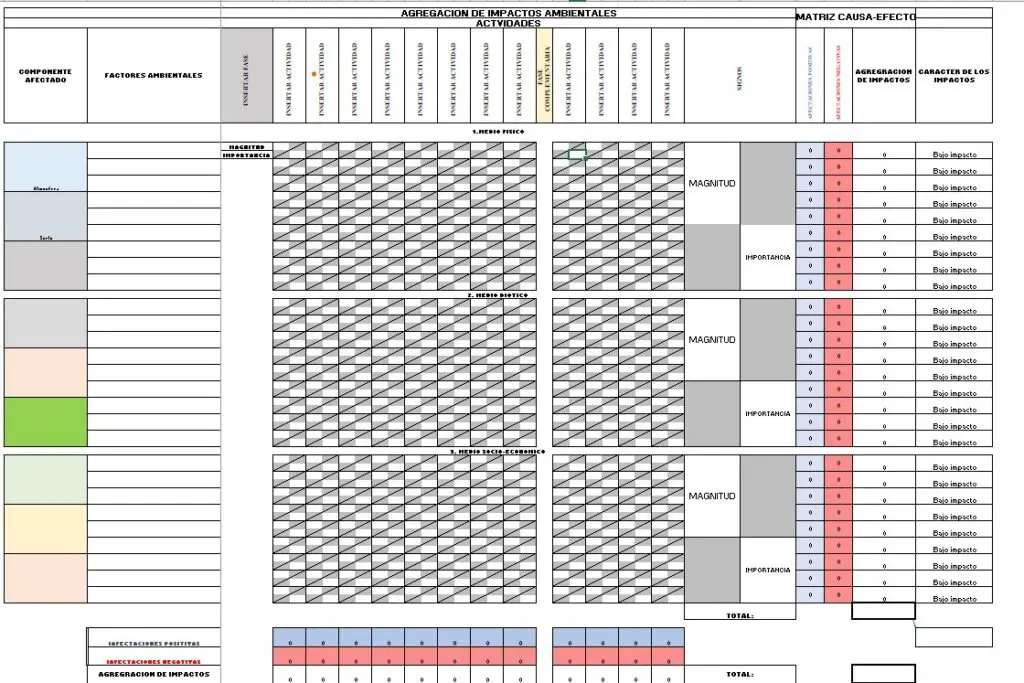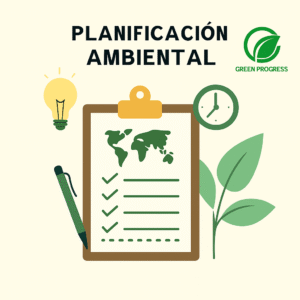Introduction to Environmental Impact Assessment Matrices
An Environmental Impact Assessment Matrix is not just a table — it’s a structured framework that allows us to visualize how specific project activities might affect different environmental components. Over the years, these matrices have evolved into sophisticated analytical tools that combine qualitative and quantitative data, making them essential in modern environmental management.
In this article, I will walk you through the different types of EIA matrices, their development process, advantages and limitations, and how they compare to checklist tools. I will also highlight some of the most recognized matrices: Leopold, Conesa, Batelle–Columbus — and share practical advice on how to design them effectively.
What Is an Environmental Impact Assessment Matrix?
An Environmental Impact Assessment Matrix is a two-dimensional framework that cross-references project activities (listed along one axis) with environmental components (listed along the other axis). At each intersection, the potential impact is identified, described, and often scored based on magnitude, importance, duration, and reversibility.
These matrices can be:
- Qualitative — describing impacts using verbal scales or colors.
- Quantitative — assigning numerical scores to impacts.
- Hybrid — combining both approaches.
In practical terms, an EIA matrix acts like a visual map of environmental risks and opportunities. It forces the assessment team to systematically consider every possible interaction, reducing the chances of overlooking significant impacts.
Easily complete your Environmental Impact Assessment using the matrix that’s perfect for your project.
Grab your EIA Matrix HERE!
15,99$
Types of EIA Matrices

Qualitative Matrices
Qualitative matrices rely on descriptive terms, symbols, or colors to indicate the type and intensity of an impact. They are useful in early project stages when data may be limited, or when the goal is to facilitate communication with non-technical audiences.
Quantitative Matrices
Quantitative matrices assign numerical scores to impacts. These scores can then be aggregated to generate an overall environmental impact score for the project. This approach is particularly valued for comparing alternative project designs.
Cause–Effect Matrices
These matrices are designed to identify chains of impact — for example, how one activity might indirectly lead to multiple secondary effects.
The most well-known and widely used matrices are:
- Leopold Matrix: The Leopold Matrix (1971) is perhaps the most iconic EIA matrix. It contains 100 project activities listed on the horizontal axis and 88 environmental factors on the vertical axis. Each intersection allows the evaluator to score both the magnitude (scale of the impact) and the importance (its significance).
While comprehensive, it can be time-consuming and requires expert judgment. Nevertheless, it remains a gold standard for large, complex projects. - Conesa Matrix: Developed by Vicente Conesa Fernández-Vítora, the Conesa Matrix simplifies the assessment by introducing weighted scores and criteria-based evaluation. It considers aspects like: Magnitude, Extent, Duration, Recoverability, Reversibility
- Batelle–Columbus Matrix: The Batelle–Columbus Matrix is structured around environmental quality indices. Each factor is assigned a weight based on its relative importance to overall environmental quality.
Easily complete your Environmental Impact Assessment using the matrix that’s perfect for your project.
Grab your EIA Matrix HERE!
15,99$
How EIA Matrices Are Used in Practice
In real-world EIA projects, matrices are often tailored to the scope and complexity of the assessment. They are used to:
- Screen for significant impacts early in the process.
- Compare project alternatives.
- Support environmental decision-making and mitigation planning.
- Provide a transparent record for environmental regulatory compliance.
Steps to Develop an Environmental Impact Assessment Matrix
- List all project activities.
- Identify environmental components relevant to the project.
- Establish evaluation criteria (magnitude, importance, duration, etc.).
- Score each interaction systematically.
- Sum and analyze results to determine priority impacts.
- Propose mitigation measures for high-priority impacts.
Advantages of Using EIA Matrices
- Systematic and comprehensive.
- Easy to visualize.
- Can integrate both qualitative and quantitative data.
- Facilitates stakeholder engagement.
Limitations and Challenges of EIA Matrices
- Potential subjectivity in scoring.
- Time-consuming for large projects.
- Requires a multidisciplinary team.
Checklist Tools vs. Matrices in EIA
Checklists are simpler and faster, ideal for early screening. Matrices, however, provide depth and detail, making them more suitable for full-scale EIAs.
Future Trends in Environmental Impact Assessment Tools
- Integration with GIS for spatial analysis.
- Automated scoring using AI and machine learning.
- Real-time monitoring matrices linked to IoT sensors.
Environmental Impact Assessment Matrices remain one of the most powerful tools in environmental planning. Whether using the Leopold, Conesa, Batelle–Columbus, or a custom-designed matrix, the key is clarity, consistency, and transparency.
By applying these tools effectively, we can not only meet regulatory requirements but also ensure better environmental outcomes.
Easily complete your Environmental Impact Assessment using the matrix that’s perfect for your project.
Grab your EIA Matrix HERE!
15,99$









